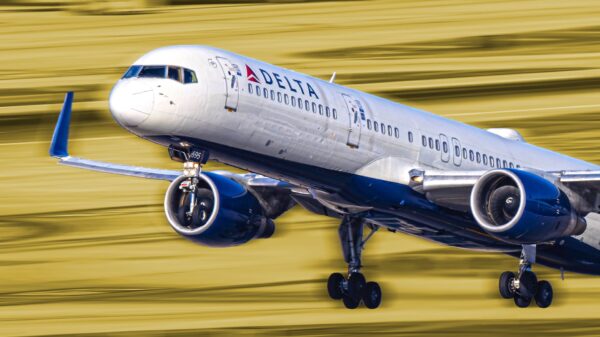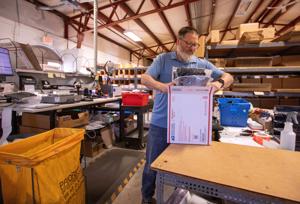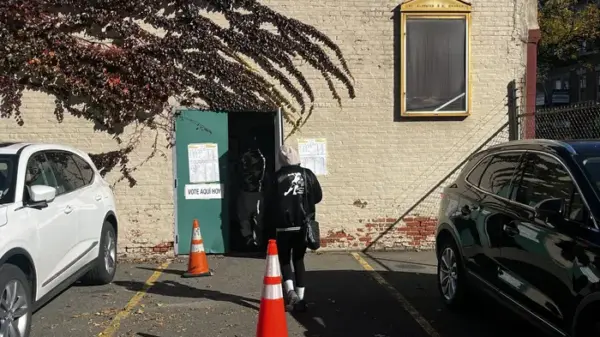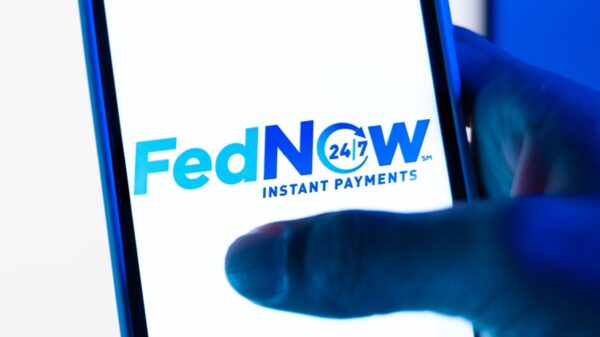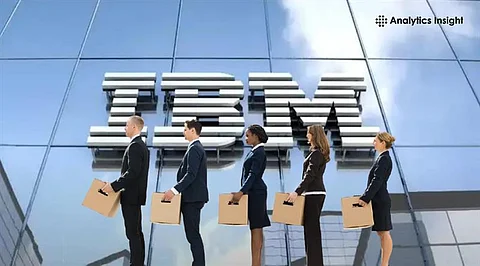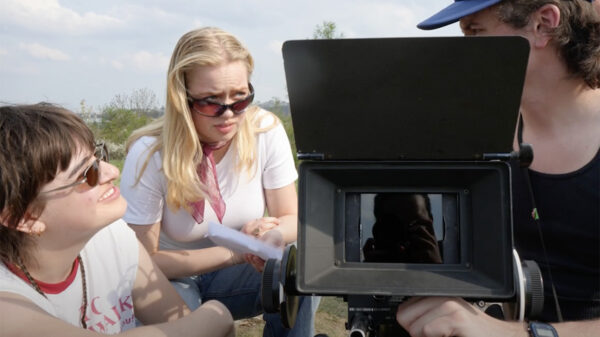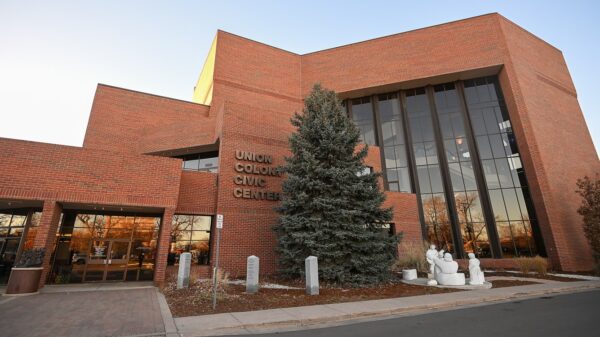Property safety has emerged as a top priority for landlords and property managers, driven by rising tenant expectations and increasing liability concerns. Smart safety tools are no longer seen as optional upgrades; they are essential investments that enhance security, reduce insurance costs, and mitigate vacancy rates. Notably, research indicates that 58% of renters prefer properties equipped with smart home capabilities, underscoring the urgency for modernization in the rental market.
Essential Smart Safety Tools for Rental Properties
Modern technologies provide comprehensive protection while streamlining management tasks. Video surveillance has become a cornerstone of property security, offering visual oversight that supports additional safety measures. Today’s camera systems go beyond basic recording; they feature intelligent monitoring capabilities that can prevent incidents before they escalate.
Business security cameras are integral for comprehensive property surveillance. Property owners need robust monitoring solutions that cover multiple zones and can integrate with existing management platforms. Security camera systems designed specifically for rentals are built to withstand outdoor conditions, monitor hallways, and oversee parking lots. Many of these systems include cloud storage for footage, ensuring that video evidence remains accessible even in cases of local device failure.
For effective oversight, it is crucial to position security cameras in common areas, entry points, and exterior spaces. Their ability to distinguish between routine behavior and suspicious activity helps reduce false alarms while maintaining vigilant surveillance.
Advanced Access Control Solutions
Access control systems have evolved significantly beyond basic keyless entry solutions. Modern smart locks integrate advanced features such as biometric scanning, temporary codes, and multi-factor authentication. These technologies ensure that only authorized individuals can access properties.
Today’s smart locks support fingerprint recognition and proximity card access, along with smartphone entry that can utilize geofencing capabilities. These systems automatically generate audit trails, detailing who accessed which areas and at what times. Property managers can issue temporary codes for maintenance workers, automatically expiring them after their work is completed.
Sensitive areas, like utility rooms or storage facilities, benefit from multi-layered authentication. By combining proximity cards with PIN codes or requiring both smartphone verification and physical presence, landlords can establish robust security barriers.
Emergency response integration is also essential. Vulnerable tenants can benefit from panic button systems and fall detection sensors that automatically alert emergency services. Such systems can also notify designated family members while coordinating with local responders.
Comprehensive Internal and External Monitoring
Internal emergency detection systems are vital for monitoring threats that develop inside secured areas. Modern smoke detectors connect to building-wide networks, providing immediate alerts to tenant smartphones and property management dashboards. Heat sensors offer early fire detection in areas where smoke alarms may trigger false positives, such as kitchens or workshops.
Water damage can severely impact rental properties, making early detection crucial. Smart sensors placed near water heaters, under sinks, and in basements can detect moisture and trigger automatic water shut-off systems. According to a report from Booking Ninjas, 90.2% of property managers currently use accounting software, indicating a strong foundation for integrating emergency systems.
Perimeter security also plays a critical role in tenant safety. Smart doorbells and window sensors provide intelligent monitoring that differentiates between legitimate visitors and potential threats. AI-powered doorbells enhance visitor management by recognizing known individuals and tracking deliveries.
Window and door breach detection systems include magnetic sensors, glass break detectors, and vibration monitors. These technologies offer silent alarm options for covert monitoring and can distinguish between accidental contact and forced entry attempts.
Technology Integration and Future Safety Trends
Dedicated safety apps have emerged as valuable tools for tenants and property managers alike. These platforms facilitate one-touch emergency alerts, incident reporting with photo documentation, and community safety forums. Additionally, they send seasonal safety reminders and promote neighbor watch programs to strengthen community security.
Centralized landlord management dashboards provide real-time safety system status, automated compliance reports, and predictive maintenance alerts. These platforms can also calculate tenant safety scores and analyze data to identify potential problem areas before incidents occur.
While universal safety principles apply across rental properties, unique challenges require tailored approaches based on property type. Legal compliance is essential for safety system implementation, ensuring that protective investments do not introduce liability issues. Privacy laws vary by location, necessitating careful camera placement and transparent tenant disclosures.
Looking ahead, future safety technologies are expected to incorporate AI-powered predictive analytics, expanded Internet of Things (IoT) sensor networks, and enhanced connectivity through 5G. Planning for these advancements will ensure that safety investments remain effective as technology evolves.
In summary, while tenants generally have the right to install security devices like alarms and cameras within their rental properties, it is vital that these devices do not record shared or common spaces. The best smart home equipment currently includes TP-Link Tapo cameras, Arlo Video Doorbells, and Vivint Smart Home systems. Initial costs for smart safety systems range from $2,000 to $15,000 per unit, but potential rental premium increases of 8-15% can offset expenses within two to three years.
As the landscape of rental properties continues to evolve, embracing these modern tools will not only enhance tenant safety but also position landlords competitively in the market.







